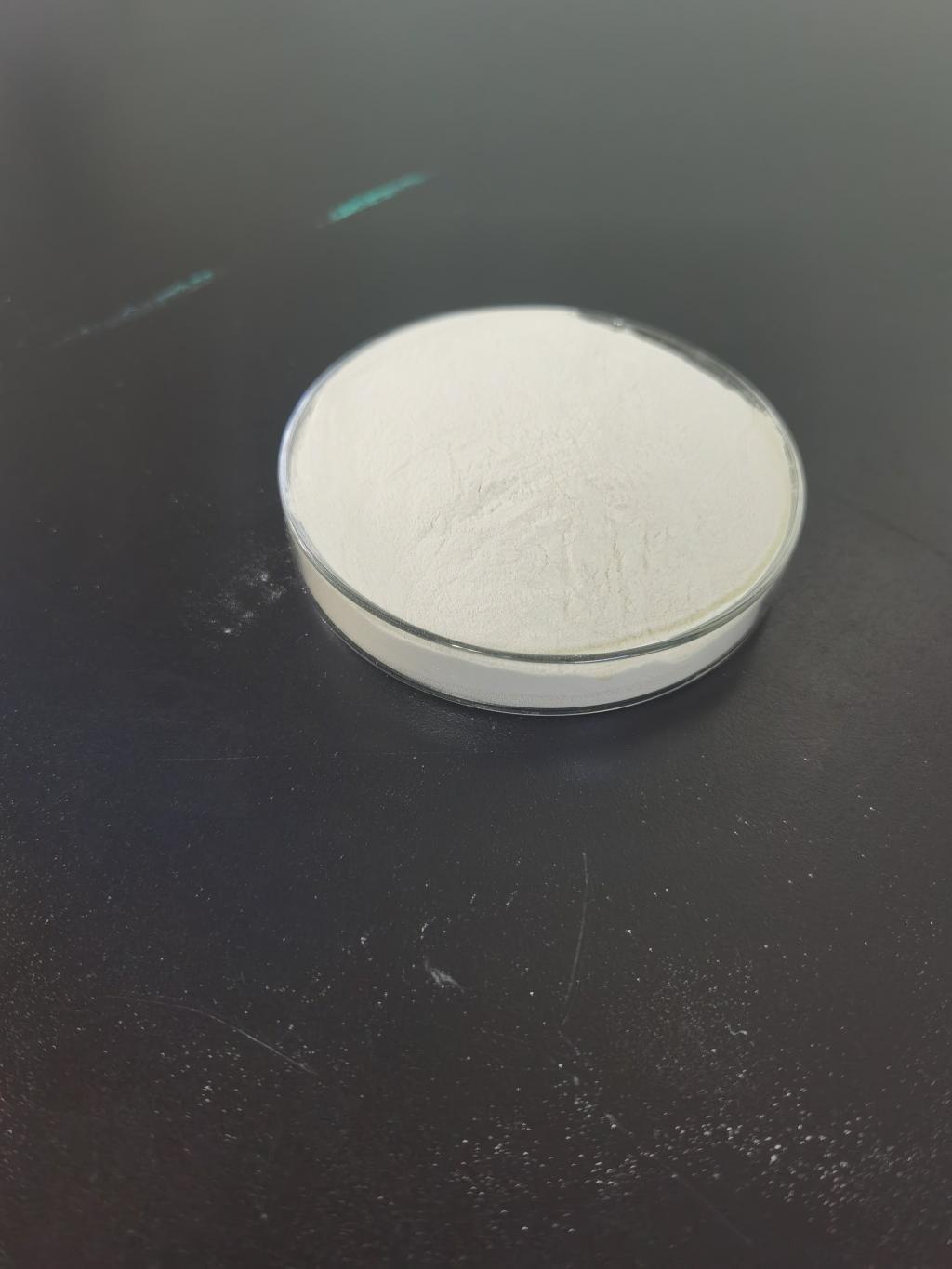Tel:+8618231198596

News
 CONTACT
CONTACT
 CONTACT
CONTACT
- Linkman:Linda Yao
- Tel: +8618231198596
- Email:linda.yao@dcpharma.cn
- Linkman:CHARLES.WANG
- Department:Overseas
- Tel: 0086 0311-85537378 0086 0311-85539701
News
Nisin: A Beacon of Hope in the Battle Against Food Contamination
TIME:2023-12-14
The Global Challenge of Food Contamination
Food contamination, whether due to bacteria, viruses, parasites, or chemical contaminants, remains a pressing issue worldwide. Contaminated food can lead to foodborne illnesses, affecting millions of people annually and placing a substantial burden on healthcare systems. Pathogens such as Salmonella, Escherichia coli (E. coli), Listeria, and others can cause severe health complications, making it imperative to adopt effective preventive measures.
Traditional Approaches to Food Preservation
Historically, various methods have been employed to preserve food and minimize contamination risks. These include heat treatment, refrigeration, canning, and the use of chemical preservatives. While these methods have proven effective, they often come with drawbacks such as altered taste, nutritional degradation, and consumer concerns about the safety of synthetic preservatives.
Nisin: Nature's Antimicrobial Warrior
Nisin, derived from the bacterium Lactococcus lactis, represents a natural alternative to synthetic preservatives. Discovered in the 1920s, nisin has gained recognition for its potent antimicrobial properties. Produced during the fermentation of certain foods and widely used in the dairy industry, nisin's effectiveness extends to a broad spectrum of Gram-positive bacteria, including those responsible for foodborne illnesses.
Mechanisms of Nisin Action
The primary mechanism of nisin action involves disrupting the integrity of bacterial cell membranes. Nisin binds to lipid II, a precursor of bacterial cell wall synthesis, forming pores that lead to membrane permeabilization. This disruptive action results in the leakage of cellular contents and, ultimately, cell death. Importantly, nisin's selectivity for Gram-positive bacteria minimizes its impact on beneficial bacteria and human cells.
Nisin as a Natural Food Preservative
The use of nisin as a natural food preservative has gained traction due to its effectiveness and safety profile. It offers an appealing alternative to chemical preservatives, aligning with the growing consumer demand for clean-label and minimally processed foods. The ability of nisin to extend the shelf life of perishable foods without compromising taste or nutritional value makes it a valuable asset in the food industry.
Applications of Nisin in Various Food Products
Nisin finds application in a diverse range of food products, including dairy, meat, poultry, seafood, and processed foods. In dairy products, it inhibits the growth of spoilage and pathogenic bacteria, extending the freshness of cheeses and yogurts. In meats and poultry, nisin helps control the proliferation of harmful bacteria, reducing the risk of contamination during processing and storage.
Regulatory Landscape and Consumer Perception
The regulatory landscape surrounding the use of nisin in food varies globally. While it has generally been recognized as safe, regulatory agencies play a crucial role in establishing guidelines and permissible levels. Educating consumers about the natural origin and safety of nisin is essential for fostering acceptance and understanding its role in enhancing food safety.
Challenges and Considerations
Despite its potential, the widespread adoption of nisin faces challenges. These include the need for standardized formulations, addressing stability concerns, and optimizing application methods in different food matrices. Overcoming these challenges requires collaborative efforts among researchers, food producers, and regulatory bodies to ensure the effective and safe use of nisin in various food products.
Future Trends and Innovations
As the food industry continues to evolve, future trends may involve the development of innovative formulations, combination therapies, or synergistic approaches to enhance the efficacy of nisin. Research on novel delivery systems and sustained-release technologies could further optimize the application of nisin in diverse food products, paving the way for advancements in food safety.
Conclusion
Nisin stands as a beacon of hope in the battle against food contamination, offering a natural and effective alternative to traditional preservatives. Its unique mechanisms of action, broad spectrum of activity, and minimal impact on taste and nutrition position it as a valuable asset in ensuring food safety. Collaborative efforts between researchers, food producers, and regulatory authorities are crucial for addressing challenges and unlocking the full potential of nisin in safeguarding the global food supply. As the world strives for a safer and more sustainable food future, nisin emerges as a promising ally in this ongoing battle against foodborne pathogens.
- Tel:+8618231198596
- Whatsapp:18231198596
- Chat With Skype







